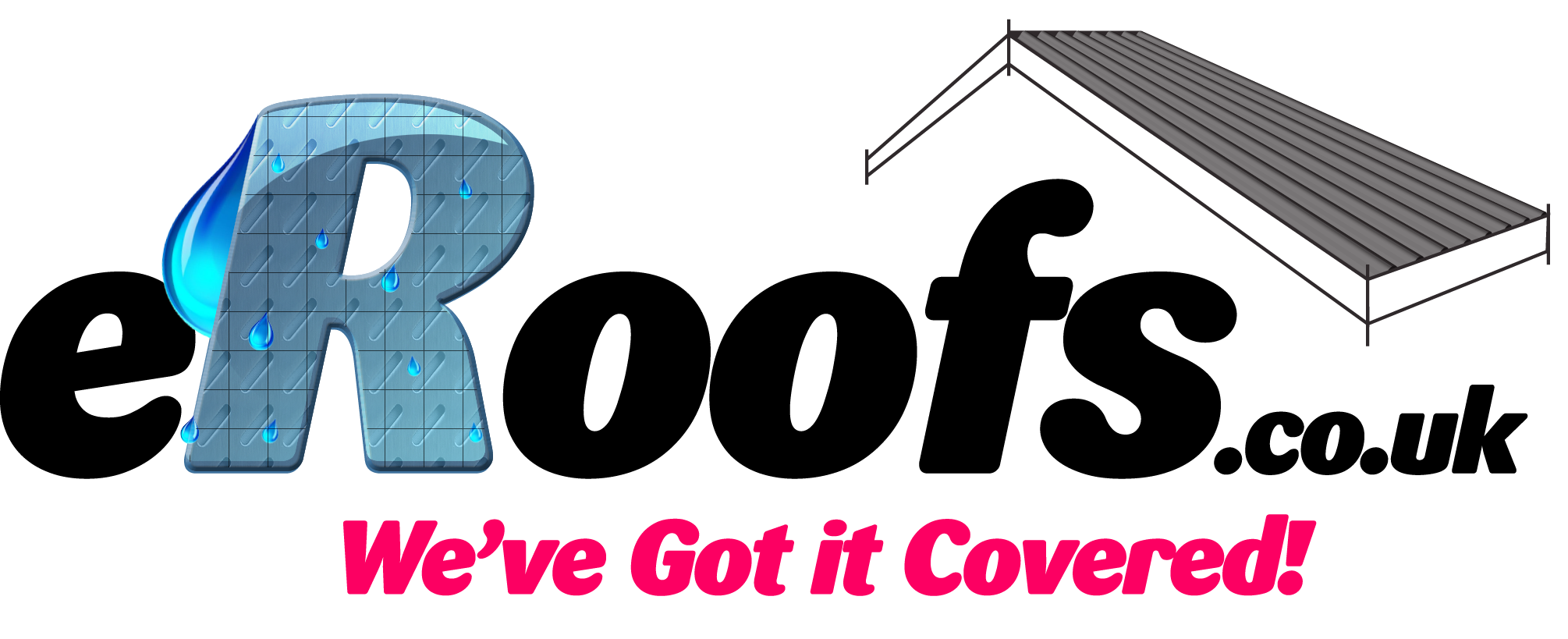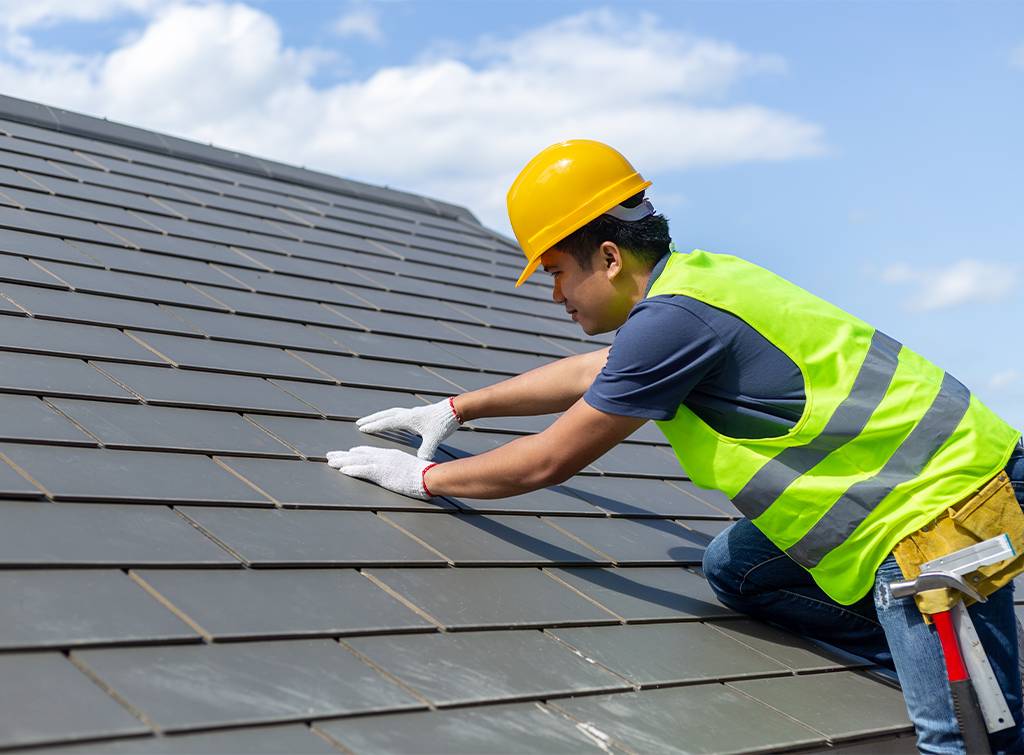Are you one of those DIY enthusiasts who love tackling home improvement projects on your own? If so, you’ve probably considered roof repairs at some point. While there are some roofing tasks you can handle yourself, others are better left to the professionals for safety and quality reasons. This guide will take you through the dos and don’ts of DIY roof repairs, helping you determine which tasks you can safely manage and when to call in the experts.
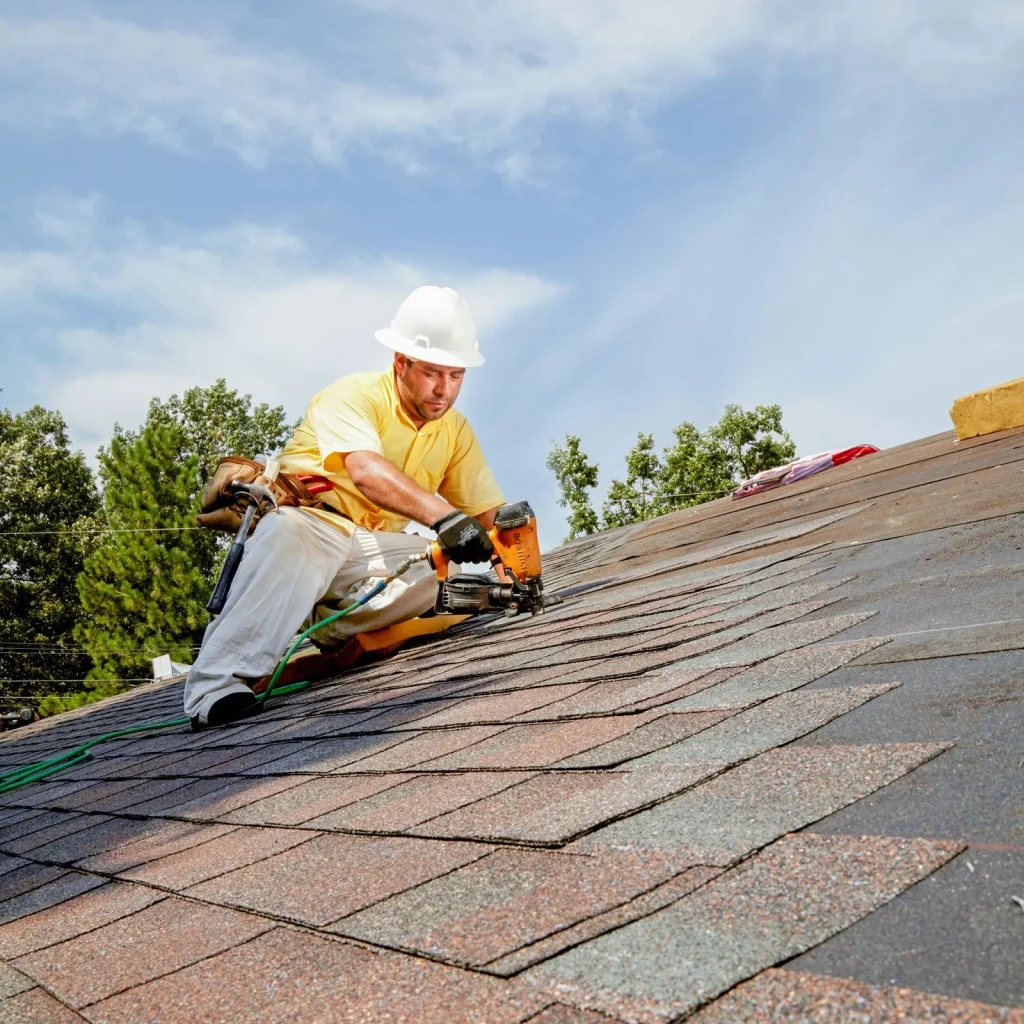
Why Roof Maintenance Matters
Roof maintenance is crucial for any homeowner. A well-maintained roof protects your home from the elements, keeps energy costs down, and extends the life of your roofing materials. Neglecting your roof can lead to leaks, water damage, and even structural issues. Regular maintenance can save you time, money, and a lot of headaches in the long run.
The Basics of Roof Inspection
Regular Visual Inspections
Regular visual inspections are something every homeowner can—and should—do. Walk around your property and look up at the roof. Are there any missing shingles or tiles? Do you see any sagging or signs of water damage? Catching these issues early can prevent more extensive damage.
Checking the Loft
Inspecting your loft can reveal hidden problems. Look for signs of water intrusion, such as wet insulation or water stains. If you notice any light coming through the roof boards, it’s a sign that your roof may have holes or gaps that need attention.
Seasonal Checks
Different seasons bring different challenges. In autumn, clear away any leaves and debris that can clog your gutters and cause water backups. In winter, look out for ice dams that can lead to leaks and water damage. Spring and summer are ideal times for a more thorough inspection after the harsh weather.
Simple Roof Repairs You Can Do Yourself
Replacing Shingles
Replacing a few missing or damaged shingles is a task that most homeowners can handle. Make sure to use the same type and colour of shingles to maintain the integrity and appearance of your roof. Use a pry bar to remove the damaged shingle, apply roofing cement, and nail the new shingle in place.
Fixing Small Leaks
Small leaks can often be fixed with roofing cement or a sealant. Locate the source of the leak, clean the area, and apply the sealant. This is a temporary fix, so it’s important to monitor the area for any further issues.
Cleaning Gutters
Clogged gutters can cause water to back up and damage your roof. Use a sturdy ladder and gloves to remove leaves, twigs, and other debris. Consider installing gutter guards to reduce the frequency of cleaning.
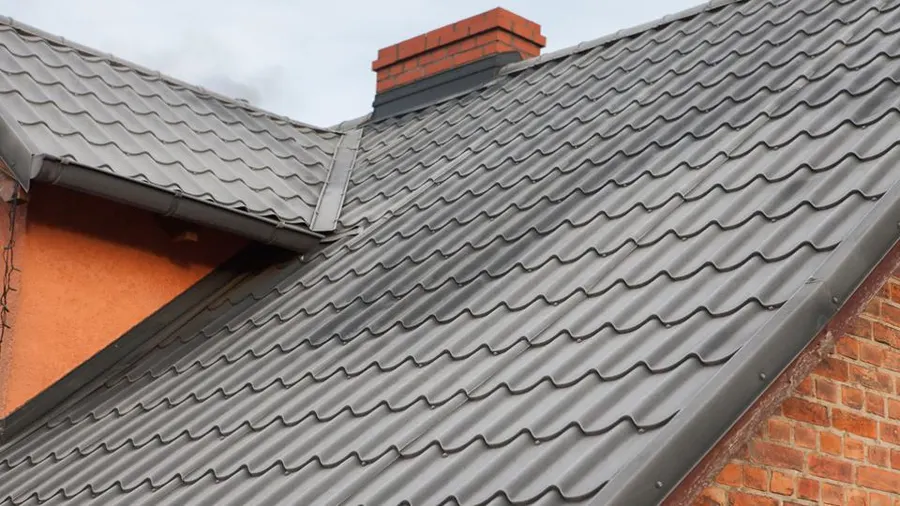
When to Call a Professional
Extensive Roof Damage
If your roof has extensive damage, such as large areas of missing shingles or significant water damage, it’s time to call a professional. Attempting to fix extensive damage yourself can be dangerous and may not provide a long-lasting solution.
Structural Issues
Structural issues, such as sagging roofs or damaged support beams, require professional intervention. These problems can compromise the safety of your home and should be addressed by experts with the proper tools and experience.
Working at Heights
Working on a roof can be dangerous, especially if you’re not comfortable with heights. Professional roofers have the training and safety equipment needed to work on roofs safely. If you’re not confident in your ability to work at heights, it’s best to leave the job to the pros.
The Importance of Safety
Using the Right Equipment
Safety should always be your top priority when working on a roof. Use a sturdy ladder, non-slip shoes, and a safety harness. Make sure your tools are in good condition and suitable for the task at hand.
Checking the Weather
Always check the weather forecast before starting any roof work. Avoid working on the roof in wet or windy conditions, as this can increase the risk of accidents. Choose a clear, dry day for your DIY roof repairs.
Knowing Your Limits
It’s important to know your limits when it comes to DIY roof repairs. If you’re unsure about your ability to complete a task safely, don’t hesitate to call a professional. Your safety is more important than saving a few pounds on repair costs.
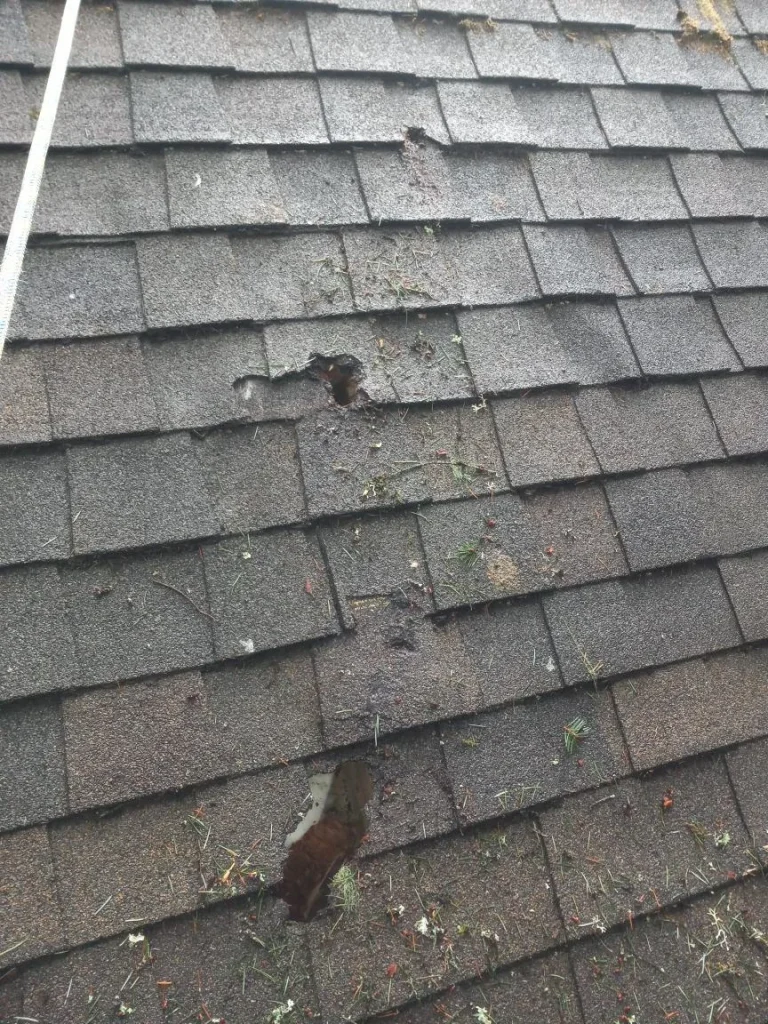
Cost Considerations
DIY Savings
One of the biggest advantages of DIY roof repairs is the potential cost savings. By handling minor repairs yourself, you can avoid labour costs and only pay for materials. However, it’s important to weigh these savings against the potential risks and the cost of any mistakes.
Professional Costs
While professional roof repairs come with a higher price tag, they also offer peace of mind. Professional roofers have the experience and tools needed to complete repairs quickly and efficiently. They can also provide warranties on their work, which can save you money in the long run.
Finding the Right Roofer
Research and Recommendations
When it’s time to call in a professional, do your research to find a reputable roofer. Ask for recommendations from friends, family, or neighbours. Check online reviews and ratings to get a sense of the roofer’s reputation.
Getting Quotes
Get quotes from multiple roofers to compare prices and services. Make sure to ask about warranties, insurance, and licensing. A reputable roofer will be happy to provide this information.
Checking References
Ask for references from previous clients and follow up with them. This can give you a better idea of the roofer’s work quality and reliability. Don’t hesitate to ask questions about their experience and satisfaction with the roofer’s services.
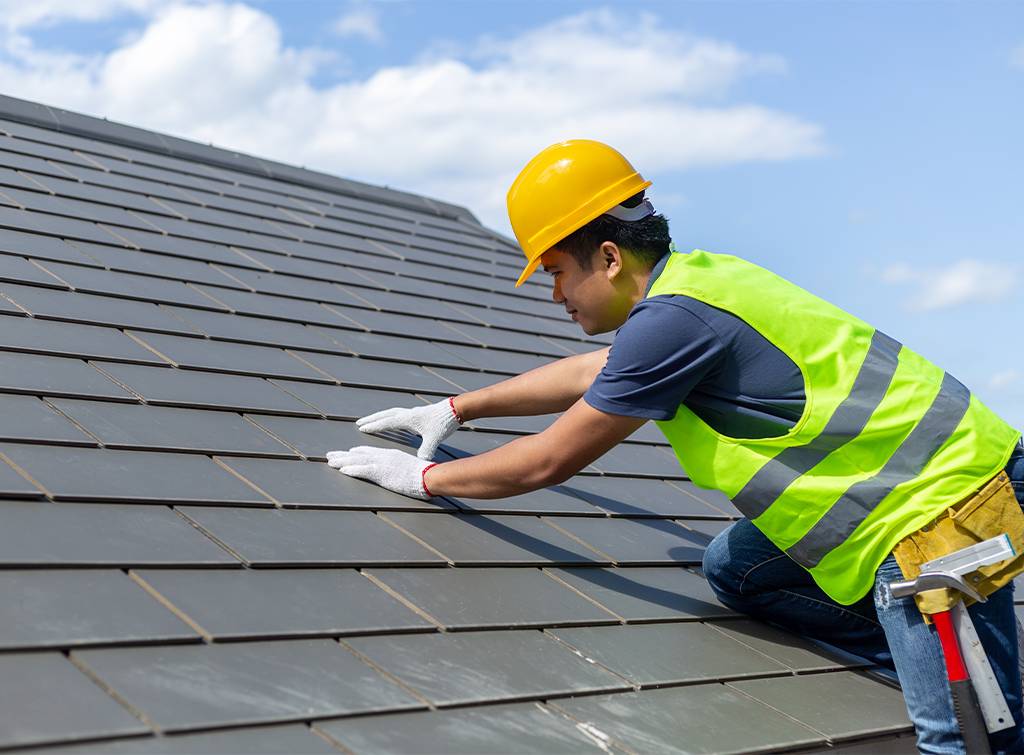
Common Mistakes to Avoid
Ignoring Small Problems
One of the most common mistakes homeowners make is ignoring small roofing problems. Small issues, such as missing shingles or minor leaks, can quickly turn into bigger problems if left unaddressed. Regular maintenance and prompt repairs can help prevent this.
Using the Wrong Materials
Using the wrong materials for roof repairs can compromise the integrity of your roof. Always use high-quality materials that are appropriate for your specific type of roof. If you’re unsure, consult with a professional.
Overestimating Your Abilities
It’s easy to underestimate the complexity of roof repairs. Overestimating your abilities can lead to mistakes and accidents. Be honest with yourself about your skills and experience, and don’t hesitate to call a professional if needed.
Conclusion
While there are some roof repairs you can handle yourself, it’s important to know your limits and prioritize safety. Regular maintenance and prompt repairs can help keep your roof in good condition and extend its life. When in doubt, don’t hesitate to call a professional. They can provide expert repairs and maintenance, ensuring your roof remains in top shape. If you’re ready to take the next step in maintaining your roof, check out our website for things you may need!
